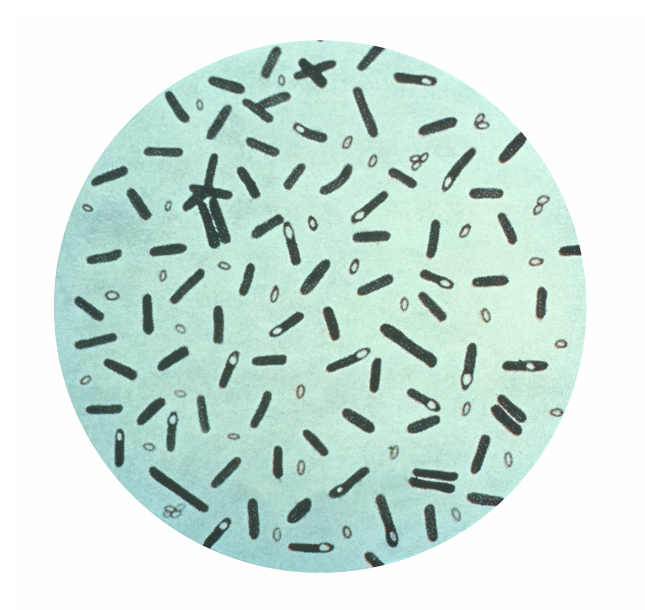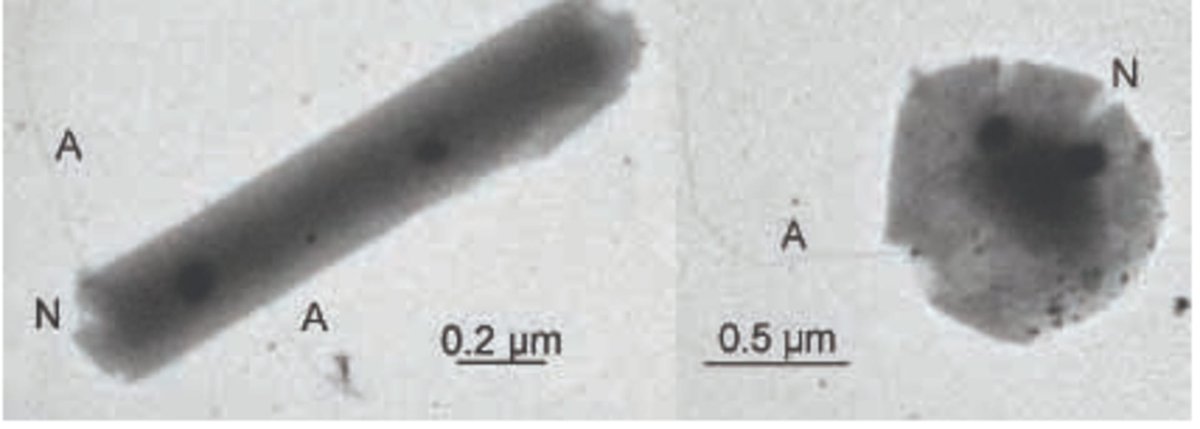
Final division, and anything can happen - it's the WILD CARDS! First up, we have Fuligo septica, the "dog vomit" slime mold versus last year's runner up, the Tardigrade, or water bear. These two multicellular microbes will be battling in a FRESHWATER LAKE.
There's a disconnect in charisma here - Fuligo is an oozing heap of (well organized and optimized for survival and nutrient exploitation) vomit-like goo, while the Tardigrade is simply adorable. If you don't look too closely at its nightmare face. 



Not scientific enough for you? Fuligo septica has two modes of life: they can live as microscopic, free-living individuals or can join together to form a large, collective organism.
This collective doesn't have a brain, but it does have memory - anticipating regular changes in laboratory humidity and changing its behaviour in advance of the environmental shift. sudbury.com/discover/disco…
Fuligo septica is not optimized for aquatic life, however. As a detritivore, it is found on forest floors and on trees or rotting wood. A spore would likely survive a dip in a lake, but not grow or thrive.
Tardigrades are incredibly hardy organisms, surviving time in vacuums, extreme desiccation, and the stressors of space by withdrawing into a "tun" state. Last year, Tardigrade spent a long time in tun form to withstand a hot spring. 

No need for a tun here - Tardigrades are common in freshwater lakes, where they feed on plants and animal cells with their vampire-like stylets. They can also suck smaller cells into their mouths directly (go to min 4 in this video):
Fuligo septica fails to survive in the lake, while tardigrade thrives. True to form, the water bear also caught the most votes, with an 84% win. TARDIGRADE ADVANCES!
Next up, we have two phyla named for Norm Pace, a famous microbiologist and avid spelunker. Norm worked with Carl Woese, developing the use of 16S rRNA amplicon sequencing. The Pacearchaea and Paceibacteria pay homage to his advances in the field. This battle takes place in SOIL.
If we wanted to properly acknowledge Norm Pace's work, these two would be fighting in a hot spring - Dr. Pace's examination of hot spring communities in Yellowstone National Park was important in defining many new lineages of both bacteria and archaea. theatlantic.com/science/archiv…
Paceibacteria belongs to the Patescibacteria phylum in the Bacteria, while Pacearchaeota belongs to the DPANN radiation within the Archaea. Both are small cells with small genomes and reduced metabolisms. Not much is known about either of them yet.
Paceibacteria are most commonly found in groundwater systems, and are hypothesized to flush into groundwater systems from soils. readcube.com/articles/10.33…
Pacearchaeota are most commonly found in saline environments and sediments - but they may well be in soils as well - we just haven't seen them yet.
These two relatively unknown lineages, named for a man who specialized in exploring the unknown, battle it out. With 72% of the vote, PACEIBACTERIA ADVANCES!
The third WILD CARD battle is between survivors. Desulforudis audaxviator versus Deinococcus radiodurans, battling it out in a FRESHWATER LAKE (now the random number generator won't stop choosing #3!).
Desulforudis audaxviator is our sole example of a microbial community of one. Found in a deep gold mine, this organism can exist in the almost complete-absence of any other organism, deeper in the earth than life was thought to persist. 

The deep gold mine Desulforudis audaxviator was found in experienced temperatures above 60° C, had a pH of 9.3, was anoxic, and was severely nutrient deficient. Nevertheless, Desulforudis persisted.
The name “audaxviator” was inspired by a quote from the book Journey to the Center of the Earth, by Jules Verne. The Latin phrase “audax viator” translates to “bold traveler”, a reference to the bacterium’s subterranean habitat.
Deinococcus radiodurans, in contrast, is a versatile hardy organism. Similar to the tardigrade, Deinococcus can withstand just about anything that is thrown at it. It is one of the most radiation-resistant organisms known, and is tolerant to cold, dehydration, vacuum, and acid. 

Deinococcus is found in a variety of locations, including habitats rich in organic materials, such as sewage, meat, feces, or, soil, as well as medical instruments, room dust, textiles, and dried foods.
Neither Desulforudis audaxviator nor Deinococcus radiodurans are well-suited to a freshwater lake, but Desulforudis would definitely not survive - too big a swing in temperature, pH, and nutrient load. Most microorganisms can tolerate a narrow range for each of those.
Deinococcus radiodurans, on the other hand, likely would survive and grow, despite a preference for higher nutrient concentrations. With the class giving it an 80% vote of confidence, DEINOCOCCUS ADVANCES.
And our final battle in the Round of 32 is between the enigmatic archaeal lineage Bathyarchaeota and the food-borne pathogen Clostridium botulinum. These two competitors will battle in SOIL.
This is not great news for the Bathyarchaeota. These anaerobic metabolic generalists are found in different environments world-wide, including seeps. hydrothermal vents, and sediments in marine and freshwater environments, but they've only been seen in Arctic peat soils.
Bathyarchaeota were originally predicted to be methanogens, as they contain divergent mcr genes, the operon for methane production in Euryarchaeota - now they are predicted to be acetogens.
No picture of these cells - we don't have one! Just models from genome information.
No picture of these cells - we don't have one! Just models from genome information.

Clostridium botulinum is a spore-forming anaerobic bacterium that generates some of the most powerful toxins on the planet - the botulinum toxins. The cells are rod-shaped and form polar spores. 

Clostridia are very common in soils, but Clostridium botulinum is less so. Some studies have shown that spores of Clostridium botulinum can persist in compost and agricultural soils, associate with plants, and infect the produce. So wash your lettuce!! academic.oup.com/femsec/article…
Clostridium botulinum is far more likely to persist in soils, though neither competitor is thriving. With 56% of the vote, CLOSTRIDIUM BOTULINUM ADVANCES!
That's it for March Microbe Madness Round of 32! We didn't really see any upsets this round - the environment and voting both get more important as the competition progresses. Team Bathyarchaeota lost their champion, but all other Teams are still in it to win it.
Voting for the Round of 16 opens tomorrow, and will close Monday March 7th at 6 pm EST. Battles will be broadcast here starting at 10 am EST on Wednesday March 9th.
@threadreaderapp unroll please
• • •
Missing some Tweet in this thread? You can try to
force a refresh






